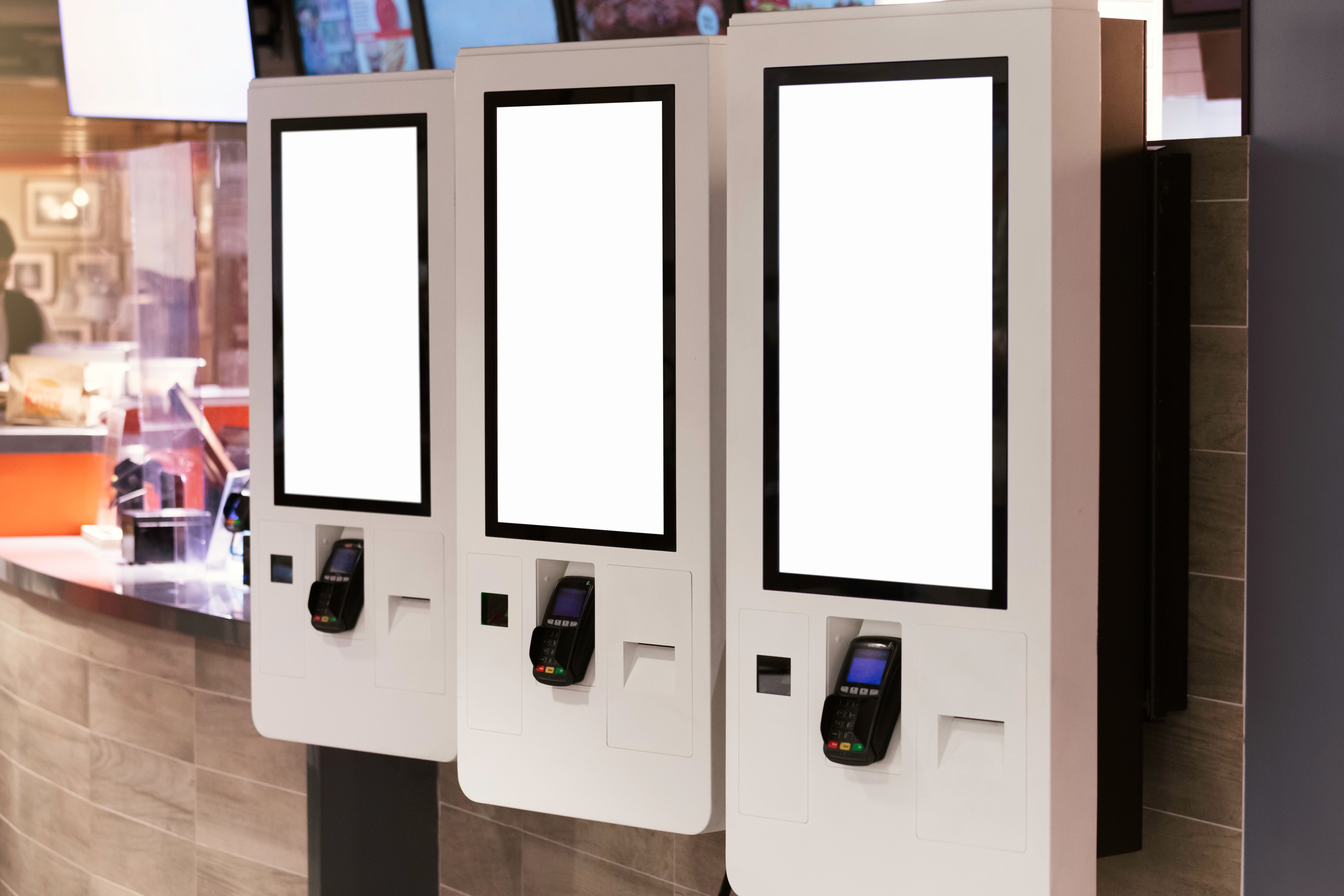Navigating the Restaurant B2B Trade Landscape
Understanding the B2B Restaurant Trade Landscape
The restaurant B2B trade landscape is a dynamic and complex environment where businesses engage in mutual exchanges of goods and services. Understanding this landscape is crucial for restaurant owners, suppliers, and other stakeholders to thrive. In this sector, success hinges on understanding market trends, establishing strong relationships, and leveraging technology to streamline operations.
In recent years, the restaurant industry has seen significant changes, driven by consumer preferences, technological advancements, and economic factors. Businesses operating in this space need to be agile and adaptable to navigate these changes effectively. By doing so, they can identify new opportunities and mitigate potential challenges.

Building Strong Supplier Relationships
One of the cornerstones of the restaurant B2B trade landscape is building and maintaining strong supplier relationships. These relationships ensure a steady supply of quality ingredients and products, which is vital for any restaurant's success. Establishing trust with suppliers can lead to better pricing, priority access to new products, and reliable delivery schedules.
To foster these relationships, communication is key. Regular meetings, transparent negotiations, and clear agreements help both parties understand expectations and work collaboratively. Additionally, exploring long-term contracts can provide stability for both restaurants and suppliers.
Leveraging Technology for Efficiency
Technology plays a pivotal role in navigating the B2B trade landscape. From online ordering systems to inventory management software, technology can significantly enhance efficiency and reduce operational costs. Implementing these digital solutions allows restaurants to manage their supply chains more effectively.

Moreover, technology can facilitate data-driven decision-making. By analyzing sales data and customer preferences, restaurants can make informed choices about menu items and supply needs, ultimately improving profitability.
Adapting to Market Trends
The restaurant industry is continually evolving, with trends such as sustainability, plant-based diets, and locally sourced ingredients gaining traction. Businesses that adapt to these trends can differentiate themselves from competitors and appeal to a broader audience.
Embracing sustainability not only helps the environment but can also attract eco-conscious consumers. Similarly, offering plant-based options can draw in health-focused diners. By staying attuned to these trends, restaurants can remain relevant and competitive in a saturated market.
Navigating Economic Challenges
Economic fluctuations can pose significant challenges for the restaurant B2B trade landscape. Factors such as inflation, labor costs, and supply chain disruptions can impact business operations. To navigate these challenges, restaurants must be strategic in their planning and budgeting.
Implementing cost-control measures, diversifying supplier networks, and exploring alternative revenue streams can help mitigate economic pressures. Additionally, staying informed about industry developments and government regulations can aid in proactive decision-making.
Conclusion
Navigating the restaurant B2B trade landscape requires a strategic approach that encompasses building strong supplier relationships, leveraging technology, adapting to market trends, and managing economic challenges. By focusing on these areas, businesses can position themselves for long-term success in an ever-evolving industry.
Ultimately, staying agile and informed will enable restaurants to capitalize on opportunities and overcome obstacles within the B2B trade landscape. As the industry continues to evolve, those who embrace change will thrive in this competitive environment.
